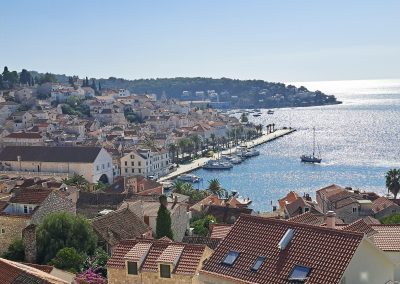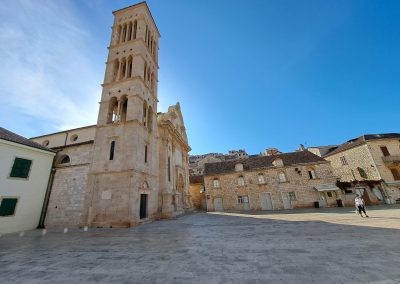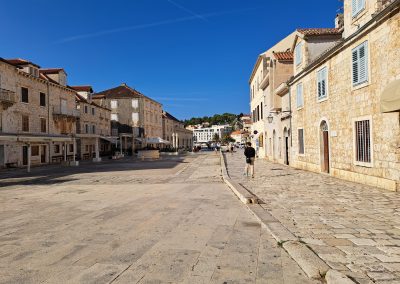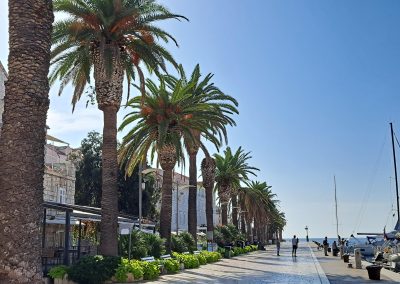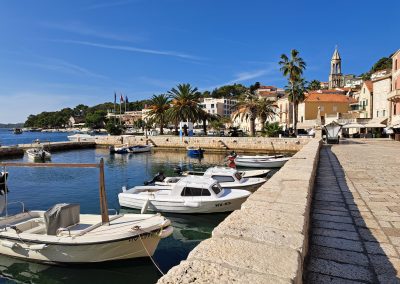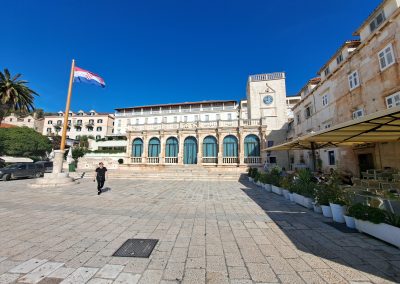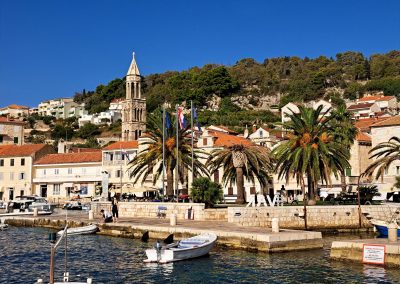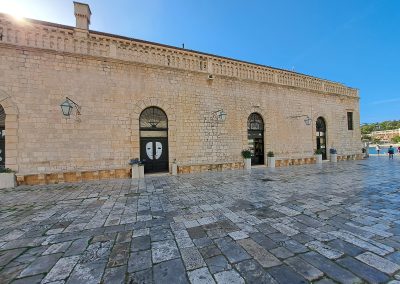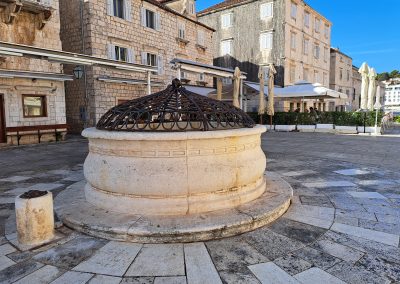Town of Hvar
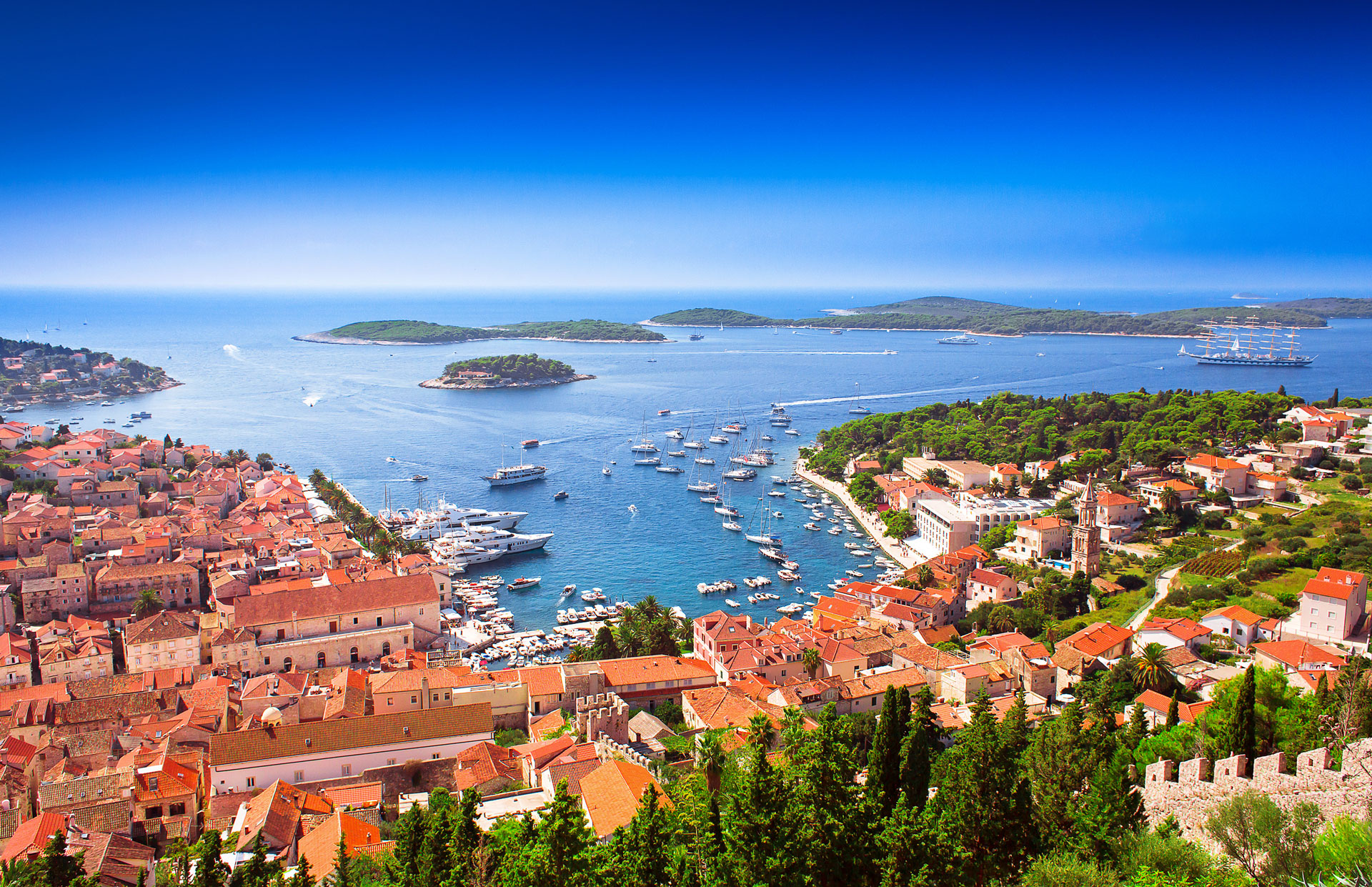
About Town of Hvar
On the southwestern coast of the island of Hvar lies the gem, the city of Hvar, which, along with Jelsa and Stari Grad, is one of the largest towns and also a municipality on the island of Hvar.
Surrounded by the Pakleni Islands Archipelago, it stands sheltered from the wind and its location forms one of the most famous nautical ports in the Southern Adriatic, and the Adriatic in general.
Hvar’s harbor is a hub of nautical tourism in Croatia and every year it is filled with the world’s largest yachts, ships, and sailboats. It is also characterized by excellent daily, fast catamaran connections with the county’s capital, Split, and the surrounding islands of Korčula, Brač, Vis, and Šolta.
As the main city of the island, the city of Hvar enjoys a special and paramount position in representing tourism and is the largest tourist center on the island, enjoying the highest tourist visits and attention. Seasonally, from the beginning of April to mid-October, the city of Hvar proudly holds the title of one of the most visited cities in Croatian tourism overall!
Entertainment, beaches, beautiful coves, and the Pakleni Islands archipelago place the city of Hvar at the top of the tourist and nautical offer of the entire Mediterranean. Moreover, the island of Hvar, and therefore the city of Hvar, is the sunniest island and the sunniest place in the Republic of Croatia, with over 300 sunny days a year. Such an abundance of sunny days and the favorable Mediterranean location have given rise to many plant and animal species specific only to rare areas of the Mediterranean. Locals and residents thus enjoy and produce many domestic and industrial products, relying on the unique resources that the island of Hvar offers. The Plavac Mali wine variety, Hvar’s lavender fields, and the local stock of shellfish and fish specific to the archipelago are part of the daily gastronomic offer in many restaurants, markets, and shops.
The sun, the sparkling sea, and views of the distant and branching islands awaken an irresistible desire to absorb, explore, and surely return again!
The Cathedral of St. Stephen, with its 16th-century Renaissance bell tower, stands out. The large square in front of it is the largest church square of its time in Dalmatia. The northern wing of the square is called Groda, and the southern Burg. The cathedral is built in the Baroque style. The patron saint of the city of Hvar is St. Stephen I, the pope. Every year, on October 2nd, the city of Hvar celebrates the Day of the City of Hvar.
The Arsenal with its theater built on top was constructed as early as the 13th century, and the city of Hvar began to take its present form from the construction of this Arsenal—a Venetian fortress, a repair shipyard, and a storage facility for galleys and other ships. In the 16th century, a theater was built on the Arsenal, serving both as a protective thick roof against possible attacks on the gunpowder magazine.
The city loggia in the former governor’s palace is mentioned as early as 1289, and it was built in the 16th century. In 1571, it was set on fire by the Saracens.
The view from the Riva towards the former Church of St. Mark, built in 1326, where the Great Council of the Hvar commune gathered in the 14th and 15th centuries, features a Renaissance bell tower. The church was abolished by Napoleon’s administration in 1807.
Fortress Fortica, in its current form, was built in 1551 on the site of the old fortress from 1278. After the Saracen raid in 1571, the population retreated to the fortress for protection from the attack.
The bell tower of the Franciscan monastery of St. Jerome (1461) with a 300-year-old cypress. In 1571, with 80 ships, Algerian pirate Saracens attacked and partially burned it, but it was restored in 1573. The magnificent painting “The Last Supper” (8×2.5m) was painted around 1600, in the “Italian school” style.
